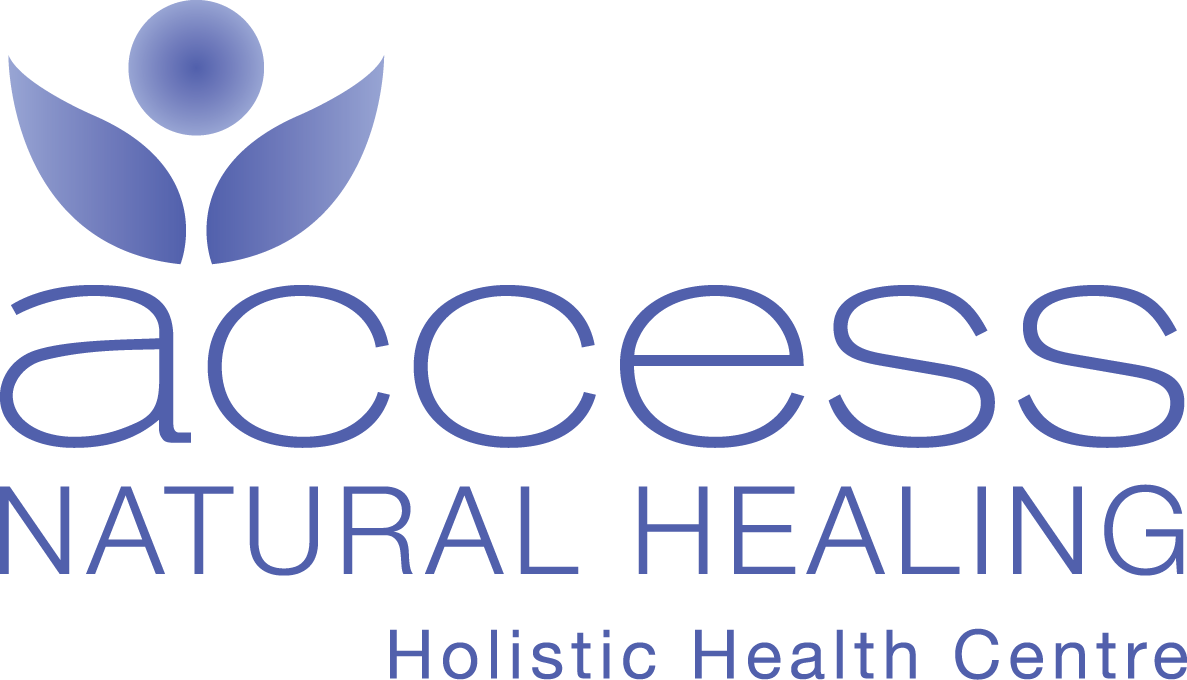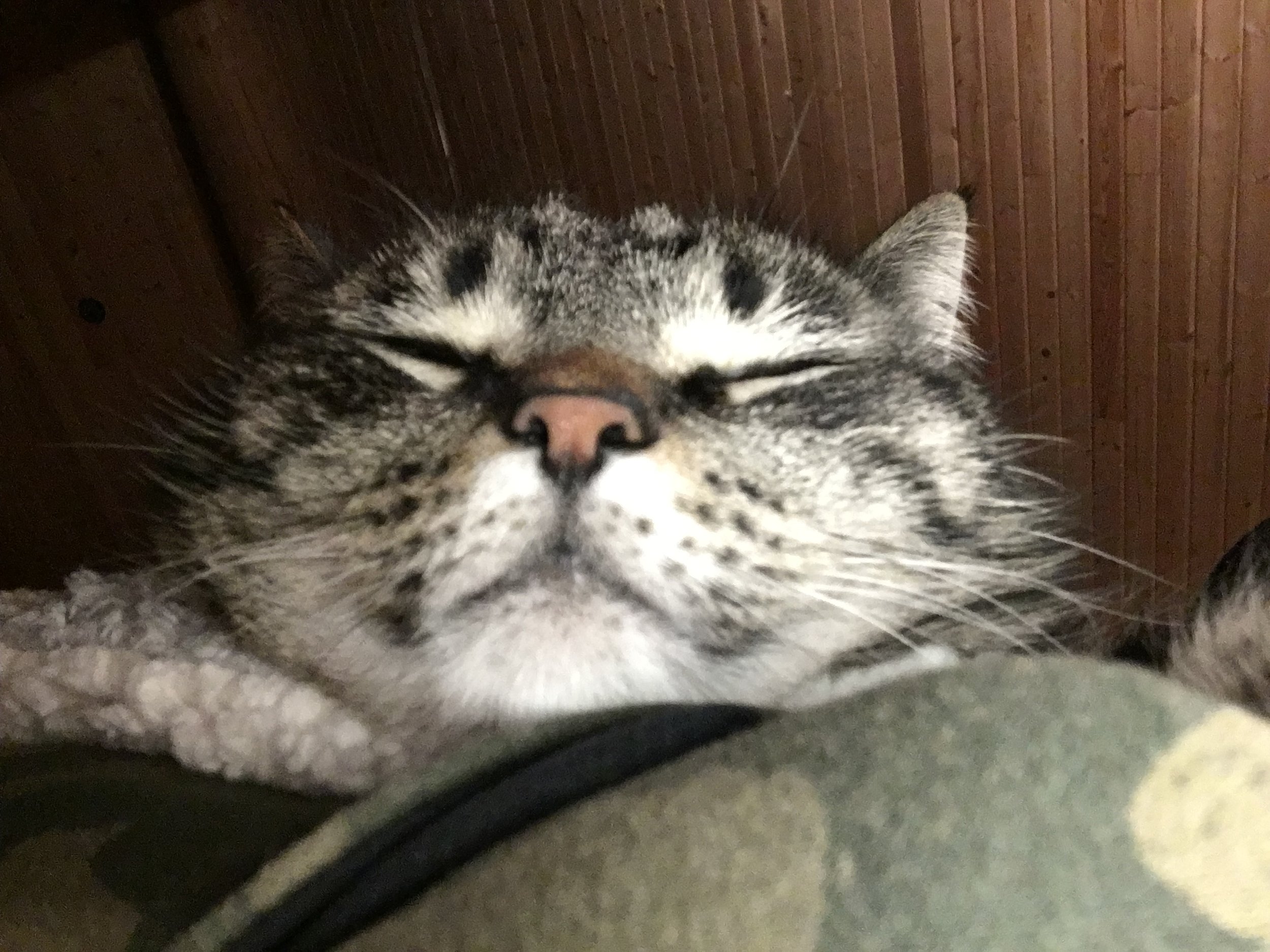Homeopathy and Antimicrobial Resistance...HRI Malta 2017¿Cutting Edge Research in Homeopathy: Presentation Abstracts
Authors:
Affiliation:
Royal London Hospital for Integrated Medicine, London, United Kingdom
Source:
Homeopathy (HOMEOPATHY), 2018 Supplement; 107: 55-78. (24p)
Publication Type:
Article - abstract, proceedings
Language:
English
Minor Subjects:
Homeopathic Agents; Drug Resistance, Microbial
Abstract:
Background: Antimicrobial resistance (AMR) is a massive global problem. An estimated 10 million people die annually from antibiotic resistant infections. The costs are projected to rise to $100 trillion a year by 2050. Dr Margaret Chan, Director-General of the World Health Organization (WHO) has said 'We are approaching a time when things as common as a strep throat or a child's scratched knee could once again kill'. The WHO takes AMR very seriously and has published data on AMR worldwide. Methods : I will review current strategies for tackling AMR. The Independent Review on AMR published in May 2016 made several recommendations. These include a global public awareness campaign, improved surveillance and more rapid diagnostic methods. The British Government has also published a strategy to tackle AMR. These recommendations will only slow, not reverse the spread of antibiotic resistance, unless new antibiotics are discovered. It is several decades since a new class of antibiotics was discovered. Neither of these strategies recommend exploration of innovative integrated medicine approaches. Results: I will present a head-to-head randomised clinical trial of an Echinacea preparation against oseltamivir, which has lessons for homeopathy research. I will discuss randomised controlled trials of homeopathy for infectious respiratory tract conditions and a health technology assessment of homeopathy. I will review the evidence from clinical effectiveness studies of homeopathy in this domain, including the large-scale French EPI-3 study and the two multinational IIPCOS studies. These consistently indicate that use of homeopathy is associated with much reduced use of antibiotics. Conclusion: Homeopathy should be part of an integrated strategy for tackling AMR. The homeopathic approach is not about killing micro-organisms; it seeks to promote patient resistance to infection, modulate innate immunity, and cultivate a healthy microbiome.
Journal Subset:
Alternative/Complementary Therapies; Europe; Expert Peer Reviewed; Peer Reviewed; UK & Ireland
ISSN:
1475-4916
MEDLINE Info:
NLM UID: 101140517
Entry Date:
20180215
Revision Date:
20180215
DOI:
http://dx.doi.org/10.1055/s-0038-1632420
Accession Number:
127874169
Database:
CINAHL Complete




